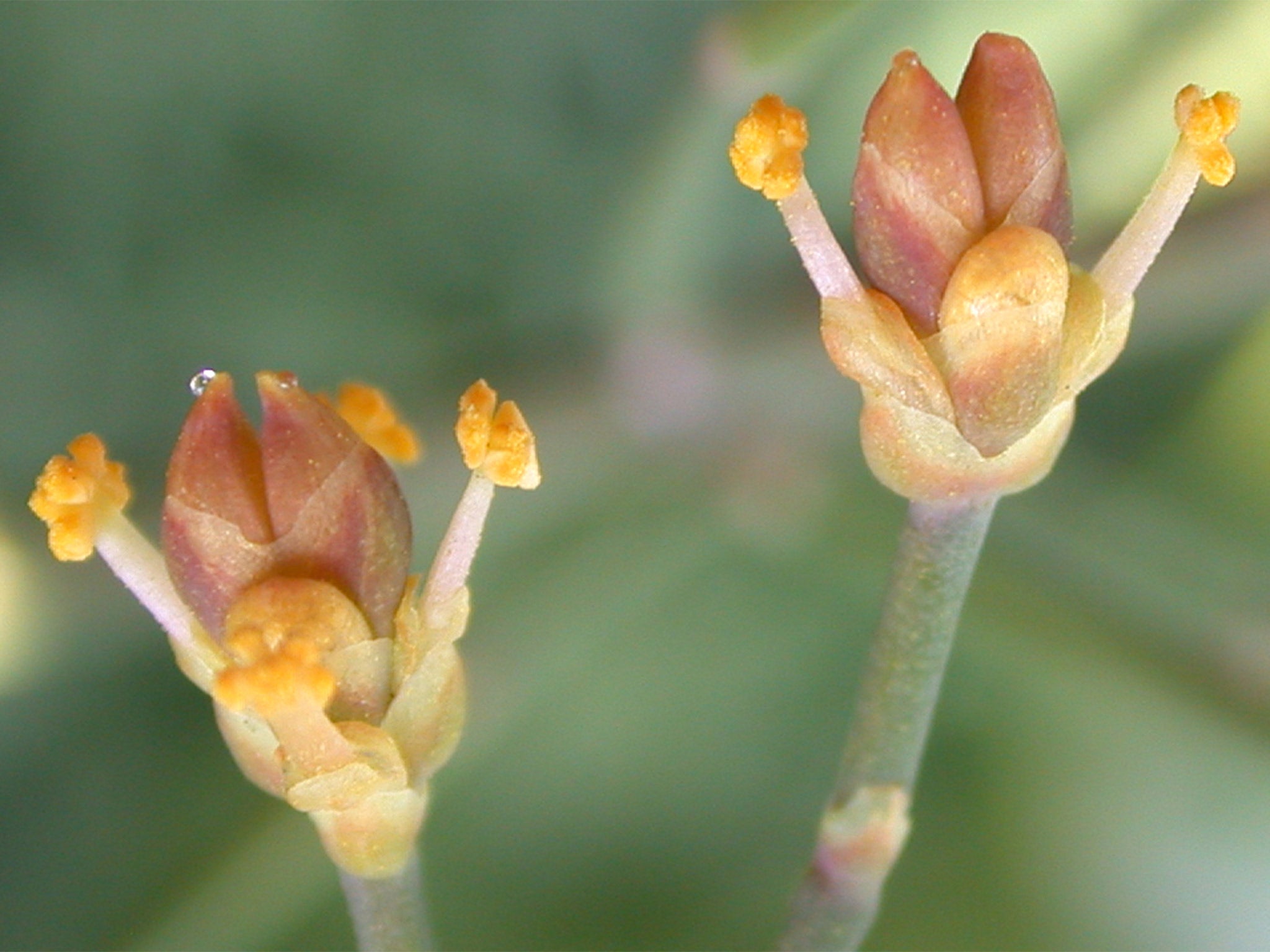Scientists discover world's first-known 'werewolf plant'
The species secretes globules of sugary liquid on nights when there is a full moon to attract nocturnal pollinating insects

The world’s first-known “werewolf plant” has been identified after scientists accidentally discovered that a shrub relies on the lunar cycle for survival.
The species, a non-flowering relative of conifers known as Ephedra foeminea, secretes globules of sugary liquid on nights when there is a full moon to attract nocturnal pollinating insects. The droplets absorb any pollen being carried by pollinators such as moths and flies that land on the plant, which it uses to fertilises its seeds. The plant relies on moonlight to cause reflections which catch the attention of the insects.
University of Stockholm researchers only learned this by chance, however.
“After a useless week in Greece without any pollinators to observe, we were in a really bad mood and decided not to go to the field sites that night but to go to dinner instead,” said Dr Catarina Rydin.
“All of a sudden we experienced a eureka moment, perhaps from seeing the moon on photos from a previous year, and contrasting it with the darkness we’d experienced so far at the field site.”
Join our commenting forum
Join thought-provoking conversations, follow other Independent readers and see their replies
Comments
Bookmark popover
Removed from bookmarks